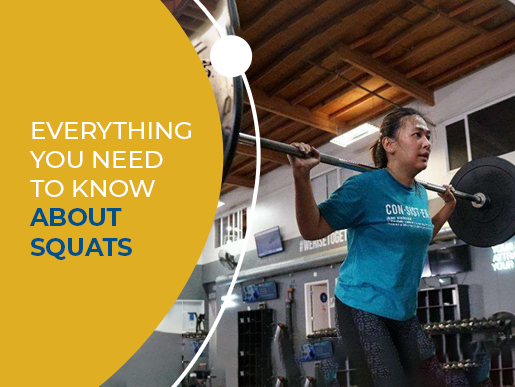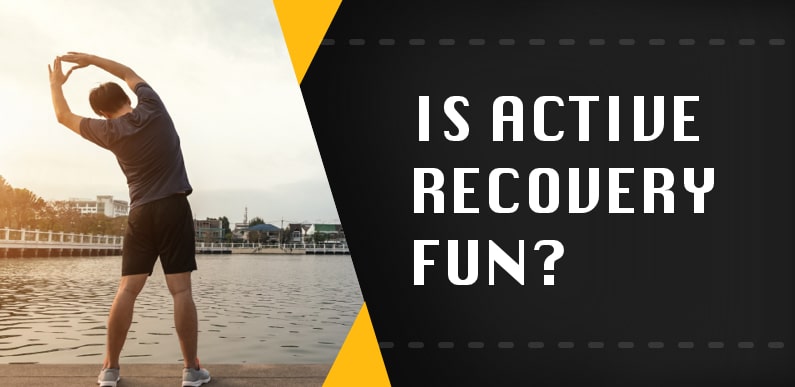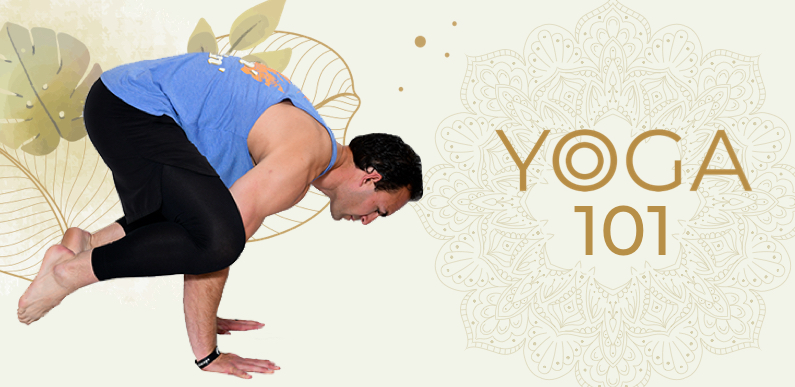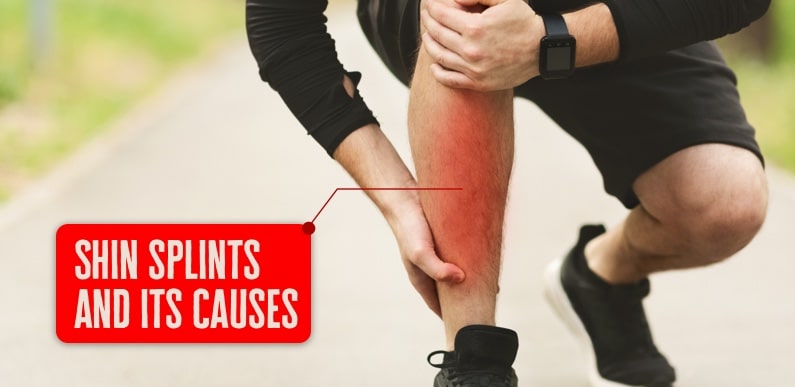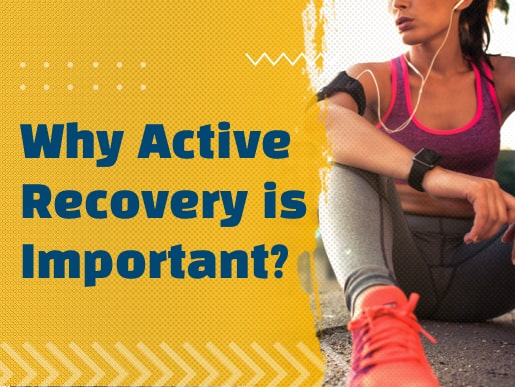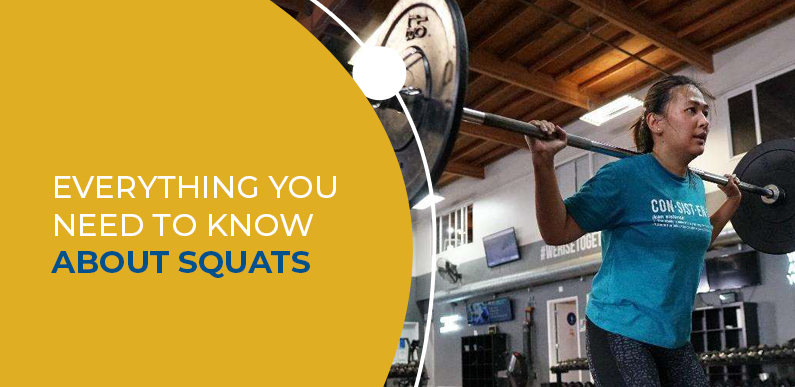

Who doesn’t love leg day? Okay, maybe a lot of people don’t love it, but you know you can’t skip it. Your legs are a huge part of your body they need to be exercising well in order for you to be the best Athlete you can be.
One of the best exercises you can do is a squat. It’s a great compound movement that you should have in your routine. Here’s our guide to perfecting the squat:
The importance of squatting – Squatting is an important fixture of any workout regimen. It’s one of the natural movements that your body is designed to perform. Done correctly, doing squats can work your entire body with focusing on your entire lower body and core.
When you have a strong lower body and core, you’ll be able to perform other movements better while exercising and in your daily life in general. You’ll find yourself with better balance, mobility, and posture. Squatting strengthens tendons, ligaments, bones, and of course muscles. This may help reduce your risk of injury.
Squatting is also a great way to burn calories and therefore lose weight. We often think of long cardio sessions or running or biking as the only way to burn calories. However, according to Harvard Medical School, a 125-pound person will burn 180 calories during a 30-minute session of vigorous weight lifting. Squatting will also boost your athletic ability, strength, and mobility. Who doesn’t want that?
There are tons of different variations for squats that will work in different areas of the body. Here’s a few of them:
- Bodyweight Squats: The standard squat. You’ve probably done these before. Done correctly, they can be a great workout for any Athlete.
- Back Squats: These are probably what you think of when you hear “squats.” You take a barbell, put it on your back, and perform a squat. These are fantastic for enhancing athletic performance. They work your entire leg, with a focus on your glutes and hips.
- Jump Squats: These are exactly what they sound like. You squat low, then explode up into a jump. Jump squats are a fantastic aerobic exercise that gets your heart rate up while strengthening your entire lower body.
Proper form – Proper form is the most important part of safely performing any exercise, which doesn’t change for squats. Performed properly, squats will make you strong, more athletic, and healthier. Performed incorrectly, squatting can be painful and lead to potentially serious injury.
Here are a few keys to squatting correctly:
- Only go as low as you can comfortably go. Don’t push yourself to the point of injury.
- Only lift what you can handle. Everybody wants to squat a lot, but it will take time. Use this time to perfect your form so you can lift more in the future.
- Have a solid base. Different squats require different foot placement. In general, you want your feet to be slightly wider than shoulder-width.
- Stay upright. Don’t round your shoulders or back. Keep your spine neutral and straight. It may seem weird, but keep your eyes forward and locked onto a spot in front of you. It’ll help keep you in a neutral position/
- Use your core: Squatting is primarily a lower body exercise, but you can also get a great core workout from them. Keep the muscles in your abdomen tight and activated. They’ll help keep everything in the right position.
Reasons and solutions for discomfort
First of all, if you have had injuries in the past that would prevent you from doing a squat, consult your doctor before you try them. Squats are great, but injuries are real limitations that can and should come to mind when considering any exercise. It isn’t worth an injury.
Outside of injuries, probably the biggest reason for painful squats is poor form. The pain can come in a variety of different areas. Hips, knees, and backs are a few of the most common areas. The pain can come from poor form and lack of strength and flexibility in supporting muscles, like hip flexors and core muscles.
If you’re experiencing discomfort, take the weight away and really focus on your form. Ask an FNS Coach to watch you and give you some pointers. Squats should be difficult, but not painful. They should be able to point out where the pain is coming from and they’ll suggest you get it looked at by a doctor if you can’t.
Click here to read more Recovery related blogs!

